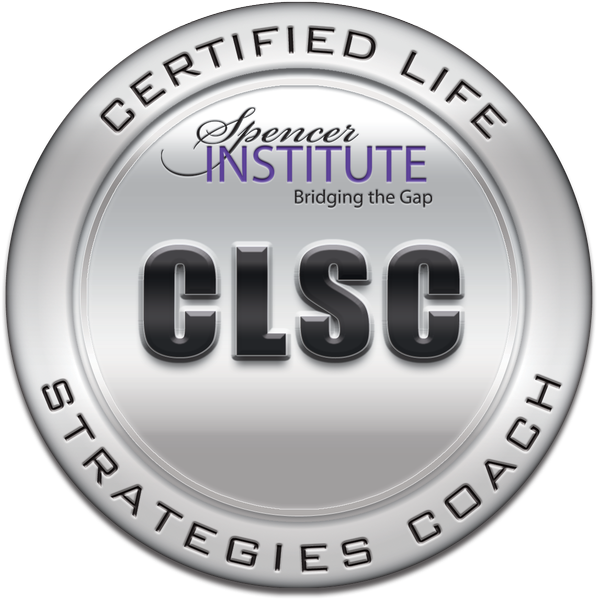

8 Steps of Digestion
The first step in the digestive system takes place in the mouth as the teeth cut, tear, and grind the food into small enough pieces so that it can fit down the throat. Saliva is squirted into the food to moisten and soften the food. The mouth produces close to 1/2 quart of saliva each day. Saliva contains chemicals called enzymes which break down the starches in the food. The enzyme in saliva that breaks down starch into sugar is called amylase.
Step 2: Tongue
A muscle that works with the food and saliva to form a "ball" that can be swallowed. The tongue also contains taste buds that helps us identify salty, sour, sweet, and bitter foods.
Step 3: Esophagus
A transportation tube from the mouth to the stomach. When we swallow, what we are really doing is closing a trap door in our throat called the epiglottis. This sends food down the esophagus and prevents food from going down the trachea (windpipe) and into our lungs. Food moves down the esophagus by a process called peristalsis. Peristalsis uses layers of muscle in the esophagus and intestines. These muscles relax and contract in a wave motion to pass food towards the stomach.
Step 4: Stomach
The next stop after the esophagus is the stomach. Once the food gets to the stomach, the stomach uses chemicals to try to make the food particles smaller. These chemicals are called gastric juices and they include hydrochloric acid and enzymes (enzymes are chemicals that break down food). The food is moved around for 3 to 4 hours. When the stomach is finished with it, the food is a cream-like liquid called chyme. This substance is still not small enough to get into our bloodstream, and it has not yet provided the body with anything useful. Now a valve at the end of the stomach opens, sending the food past the liver.
Step 5: Liver/Gall Bladder
At this point, our food is hit with more chemicals. The liver makes a chemical called bile, and it is stored in the gall bladder. When the gall bladder mixes bile with our food, it does an important job by breaking down the fats (milk, butter, cheese) into tiny droplets. This fat will supply us with energy for later.
Step 6: Pancreas
The pancreas adds a digestive chemical as the food leaves the stomach. This digestive juice works on breaking down the carbohydrates (bread, potatoes, pasta, etc.) and the proteins (from meats, fish, eggs, nuts, etc.)
Step 7: Small Intestine
The small intestine is a tube that is about 18 feet long. This is where the final digestion takes place. As the food passes through, it is mixed with the new chemicals, and is finally digested enough to be put to use by the body. Along the walls of the intestine are thousands of tiny fingers called villi. Blood vessels (capillaries) in the villi absorb the tiny food molecules and send them off to the rest of the body through the blood.
Step 8: Large Intestine
Whatever the body cannot put to use is sent to the large intestine. Many plants, for example, contain cellulose, which cannot be digested. The big job of the large intestine is to remove water. Water has been necessary up until this point in the digestive process. Now that water is no longer needed the excess water in the large intestine is sent back into the bloodstream. Food spends about 12 hours in the large intestine. Undigested food is called solid waste feces, and this is stored in the rectum until it leaves the body.
Questions? Email me at: peter@eplace.net
Telephone me at:
415.246-1975 and if I am unable to answer please leave a detailed message, and I will get back to you just as soon as I can.